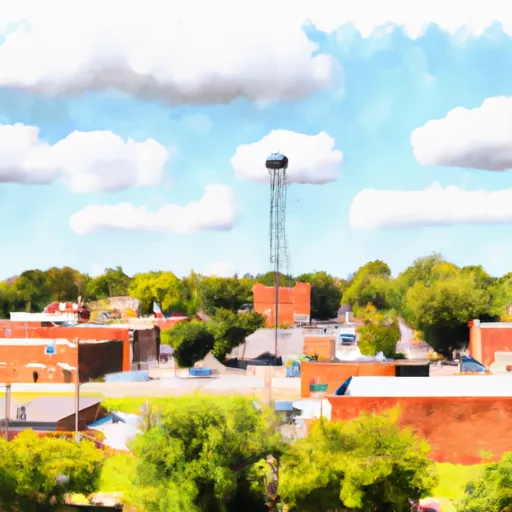°F
°F
mph
Windspeed
%
Humidity











Webster, Iowa is a charming county located in the north-central part of the state. The climate in Webster can be characterized as a humid continental climate with four distinct seasons. Summers are warm and humid with average temperatures ranging from 70°F to 85°F, while winters are cold and snowy, with average temperatures varying between 15°F and 30°F.
The county is surrounded by several rivers and lakes, including the Des Moines River, Lizard Creek, and Badger Creek, which contribute to the hydrology constituents of the area. These water bodies offer plenty of opportunities for fishing, boating, and water sports. In addition, the county is home to several parks and recreational areas. Brushy Creek State Recreation Area is a popular spot for hiking, camping, and birdwatching, with its scenic trails and diverse wildlife. Dolliver Memorial State Park offers excellent opportunities for picnicking, swimming, and exploring nature. There are also numerous golf courses, biking trails, and sports complexes for outdoor enthusiasts.
Overall, Webster, Iowa provides a pleasant climate, abundant water resources, and a range of outdoor recreational opportunities, making it an appealing destination for nature lovers and adventure seekers.
Weather Forecast
Webster receives approximately 917mm of rain per year, with humidity levels near 84% and air temperatures averaging around 10°C. Webster has a plant hardyness factor of 5, meaning plants and agriculture in this region thrive during a short period during spring and early summer. Most plants will die off during the colder winter months.
Regional Streamflow Levels
4
Cubic Feet Per Second
386
Cubic Feet Per Second
135
Cubic Feet Per Second
112
Cubic Feet Per Second
Nearby Camping
| Camping Area | Reservations | Toilets | Showers |
|---|---|---|---|
| Robinson Point - Norfolk Lake | |||
| Panther Bay - Norfolk Lake | |||
| Henderson - Norfolk Lake | |||
| Barkshed | |||
| Georges Cove - Norfolk Lake | |||
| Gunner Pool |



